Light motorbikes to remain dominant until 2030 and onwards
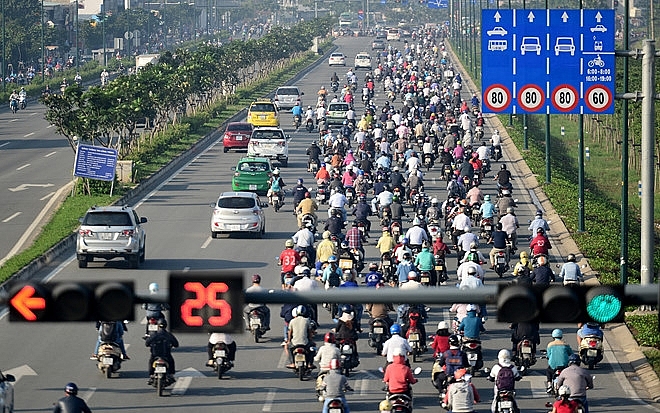 |
| Light motorbikes remain dominant |
Dreadful lack of management
The research on the role of motorbikes in Vietnam at present and in the future conducted by Vu Anh Tuan from the Vietnamese-German Transportation Research Centre (Vietnamese-German University), shows that motorbikes currently occupy the most significant position in transportation in Vietnam. Moreover, until 2030 and onward, motorbikes will still be commonly used in spite of people’s increasing income.
The research was conducted in the context of the lack of professionalism in motorbike management in Vietnam’s cities and provinces. A series of solutions, including restricting or ban motorbikes from certain streets and certain hours, have been proposed, however, people raise concerns about their feasibility and actual effects.
In fact, motorbikes are still the most popular option given the underdeveloped road infrastructure, low personal incomes, and limited public transport services in cities and provinces (excluding Hanoi and Ho Chi Minh City), which can barely meet 1 per cent of local peoples’ travelling demand.
Even in the two big cities of Hanoi and Ho Chi Minh City, in spite of having the most developed road systems in the country and having public transport systems which can fulfil 8 to 10 per cent of local people’s travelling demand, road density per total area and the quantity of buses per million inhabitants are much lower than in other Asian cities.
Notably, in Hanoi, there is an average of 50 meters of road per 1 hectare of land area, and there are 300 buses for each million inhabitants, while in other Asian countries, these figures are 100-150 meters per hectare and 1,000-1,500 buses per million inhabitants.
In addition, if the construction and expansion of the road network, metro system, and bus fleets stays at the current speed, public transport will not be able to meet locals’ demand in the next 20 years.
Speedy and flexible
The reason why motorbikes are so commonly chosen by Vietnamese people is that they are cheap, speedy, and flexible.
A household survey included in the research shows that motorbikes are the most-owned vehicle in all households in all income brackets. There is an average of 2-4 motorbikes in a household.
| In Hanoi, there is an average of 50 meters of road per 1 hectare of land area, and there are 300 buses for each million inhabitants, while in other Asian countries, these figures are 100-150 meters per hectare and 1,000-1,500 buses per million inhabitants |
It is noted that as personal incomes increase, private car ownership rates also increase, however, motorbike ownership is not likely to decrease. For individuals, motorbikes are the main choice to move around. Even in the high-income group, although 52 per cent use private cars, more than 40 per cent still use motorbikes.
The research also showed the results of interviews with local inhabitants about the motorbike ban policy and lessons drawn from China.
The results show that motorbikes will still be chosen by the majority of people until 2030 and motorbikes are not likely to disappear anytime soon.
In big cities, even though the whole railway systems have been rebuilt and bus networks have been expanded according to the planning, 70 per cent of the inhabitants still select motorbikes. In small- and medium-sized cities, even with the bus systems significantly improved, roughly 90 per cent of the people will use motorbikes.
Only about 30 per cent of respondents said that the motorbike ban policy “will come into effect” in 2030.
However, motorbikes also bring high safety risks, thus, the research also proposes solutions to create a proper motor-riding environment or the issuance of regulations applied to motorbikes for safer traffic flows.
Some of the regulations which were proposed to be applied widely include making it compulsory for children under 6 to wear helmets, the issuance of driving licenses for adolescents between the ages of 16 and 18 (for 50cc-bikes and electronic bikes), adding long-distance trips to the bike-riding test, the issuance of a motorbike safety handbook, building bike lanes, requiring motorbikes to install ABS (Anti-lock Braking Systems) and AHO (Automatic Headlight On), and conducting annual bike-technical check-ups.
What the stars mean:
★ Poor ★ ★ Promising ★★★ Good ★★★★ Very good ★★★★★ Exceptional
Related Contents
Latest News
More News
- Hanoi pilots electronic health record solution (November 10, 2024 | 12:25)
- Vietnamese consumer sentiment outperforms regional averages (November 08, 2024 | 18:00)
- Japfa Vietnam serves nutrition to 1,500 children to year-end (November 06, 2024 | 16:32)
- Tan Hiep Phat - three decades of serving society (November 04, 2024 | 17:58)
- Hanoi to restrict polluting vehicles across key districts (November 04, 2024 | 16:29)
- Hoan My Medical Group launches breast cancer screening to support community health (November 02, 2024 | 10:56)
- Vietnamese students explore the future at STEAMese Festival (October 28, 2024 | 16:55)
- Honouring ‘Green Warriors’ on Vietnamese Women’s Day (October 21, 2024 | 15:16)
- Swing for the Kids charity golf tournament kicks off (October 13, 2024 | 09:00)
- Swing for the Kids 2024 tees up opportunities for Vietnam's youth (October 12, 2024 | 10:00)




 Tag:
Tag: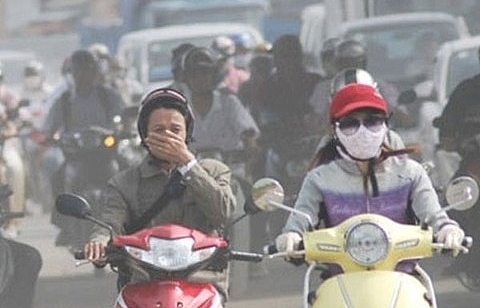
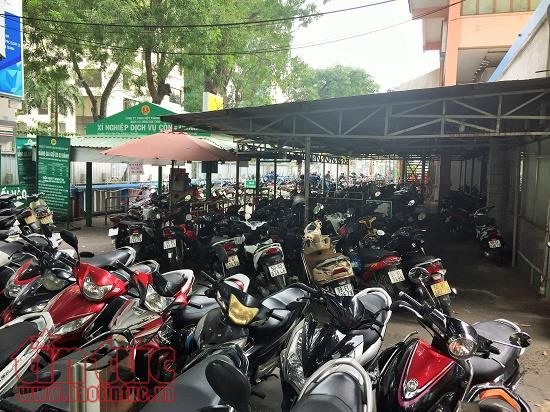
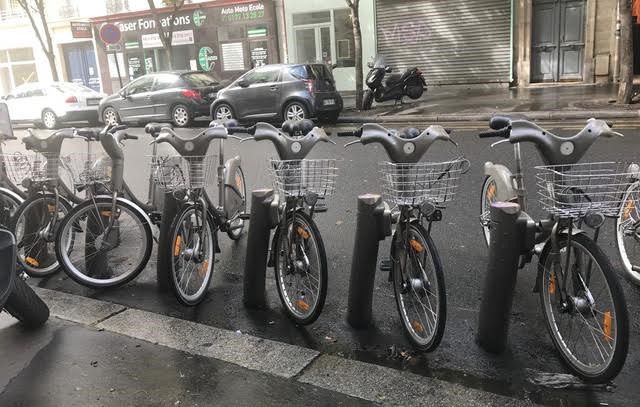
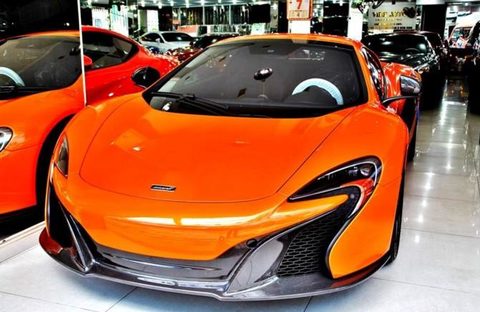
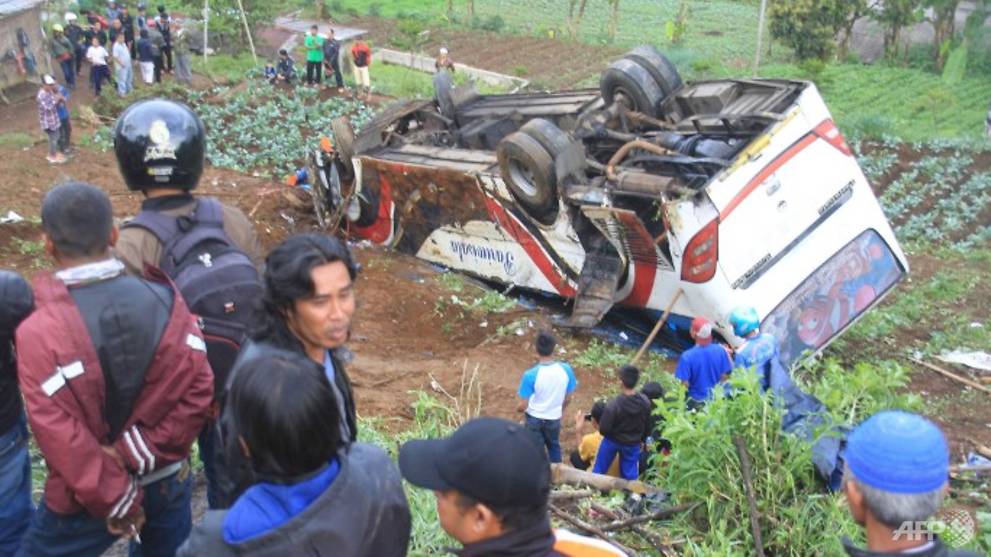
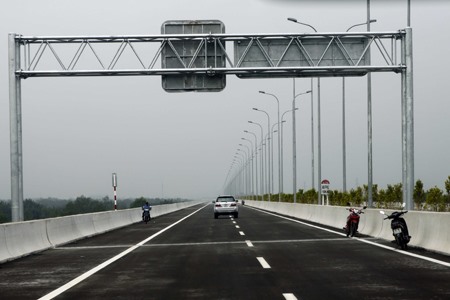
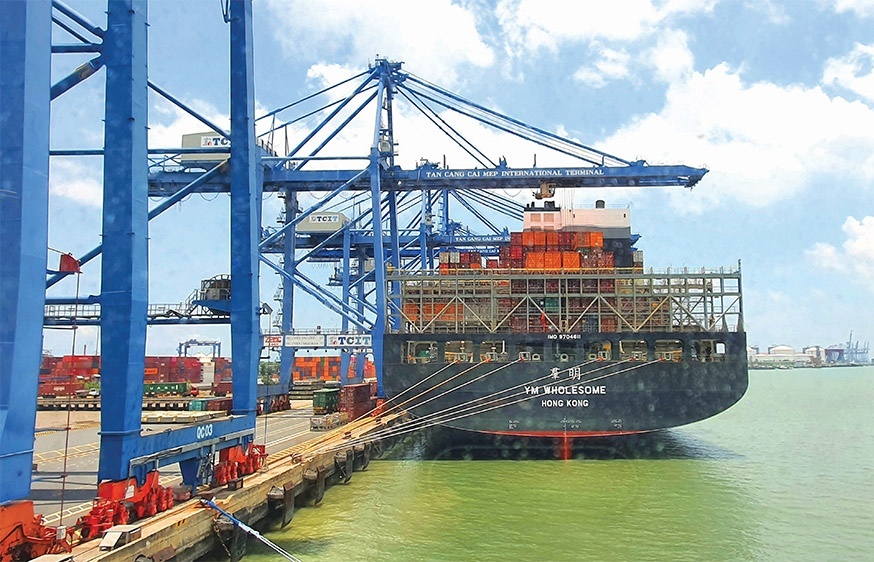



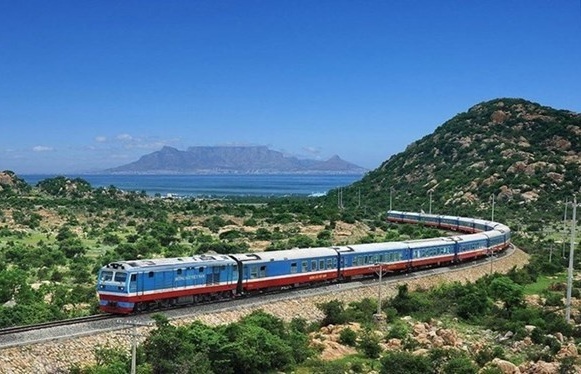
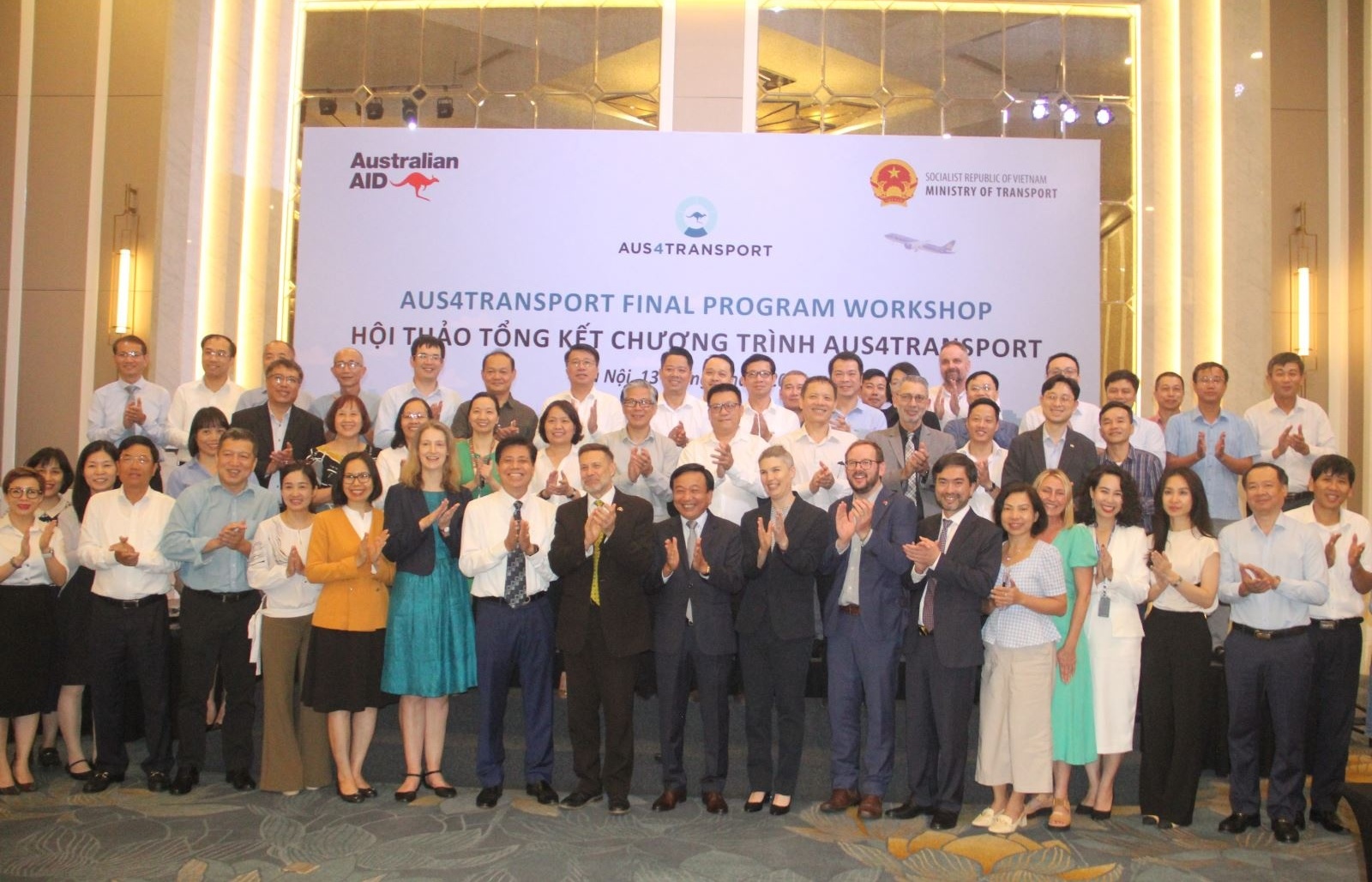
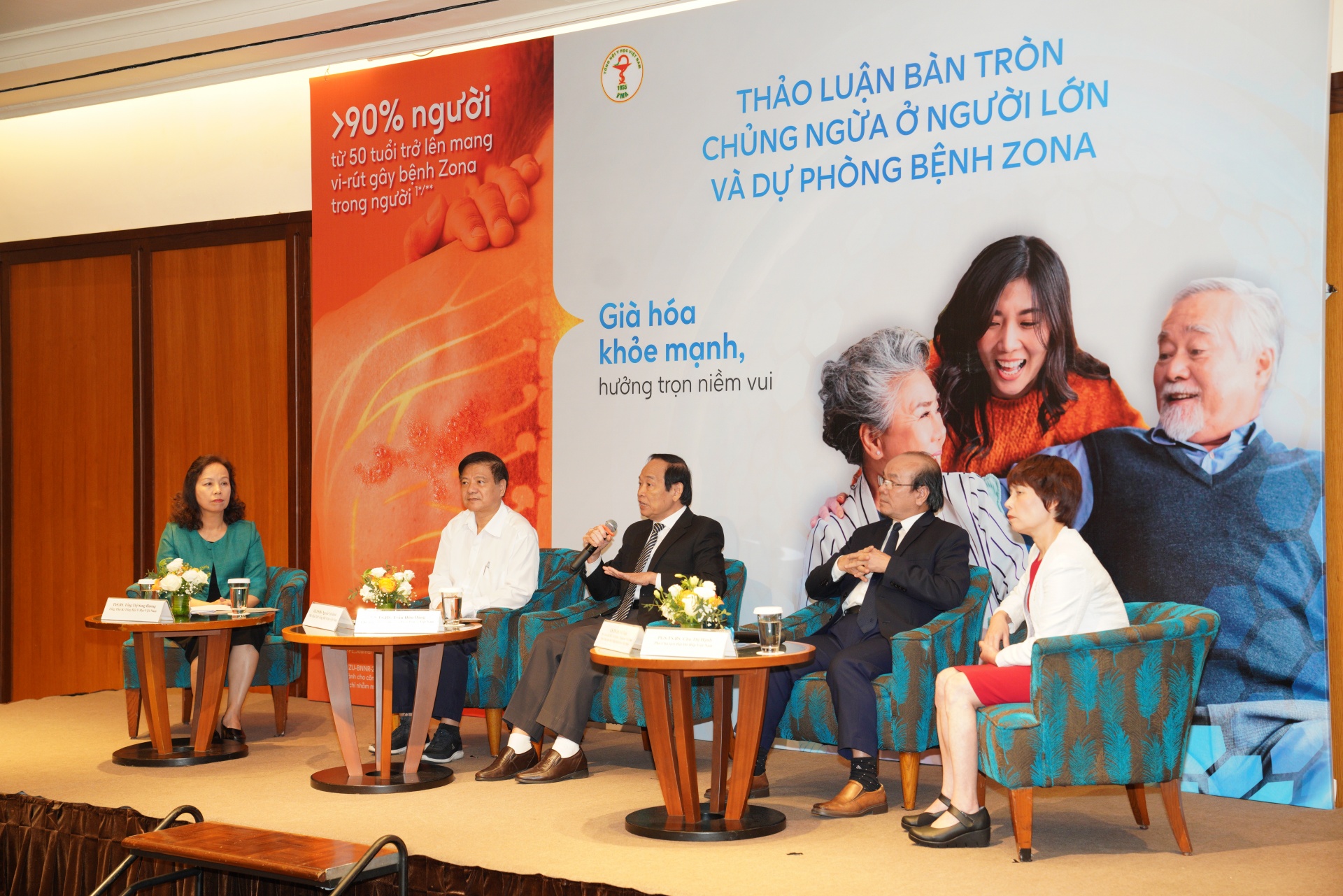
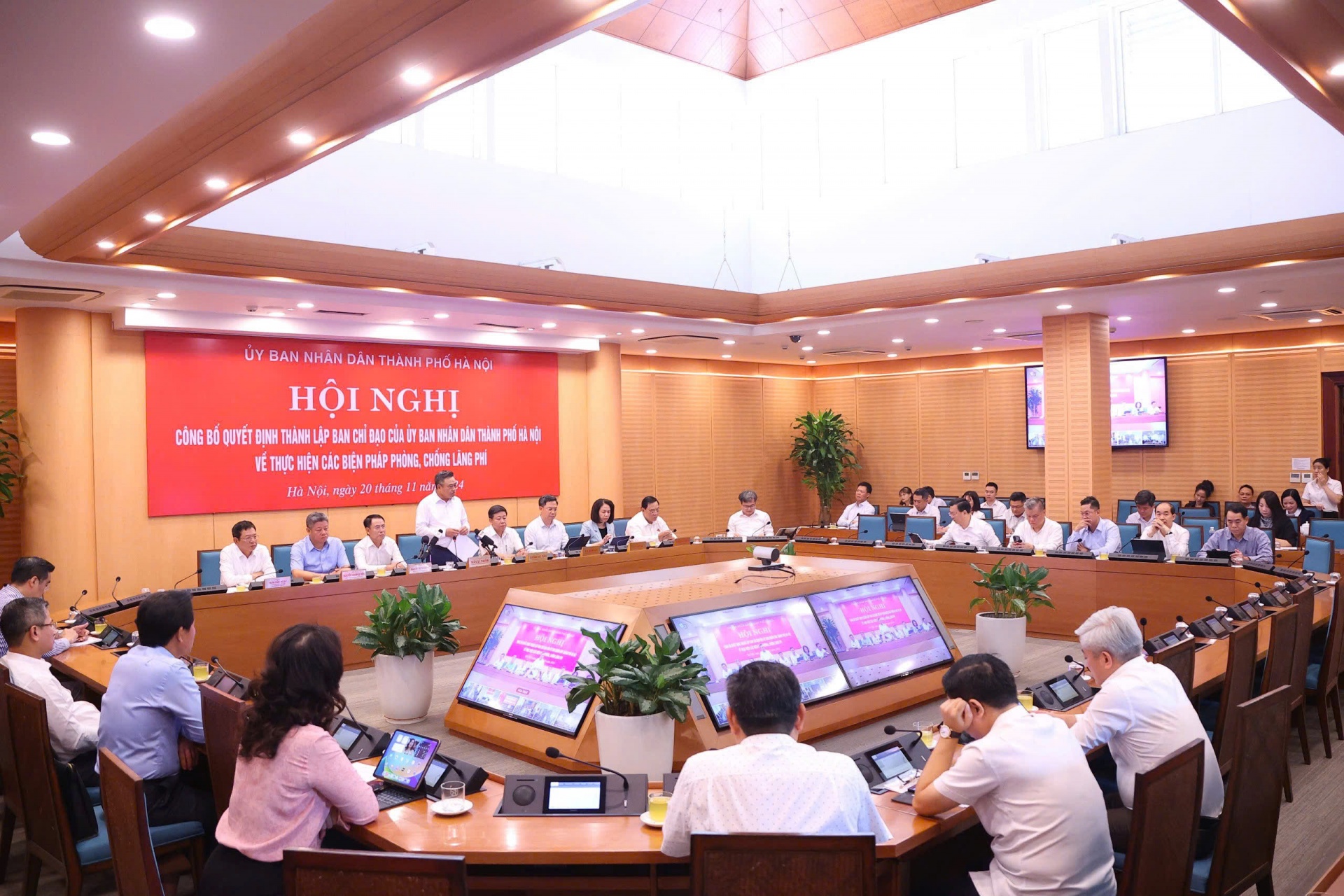

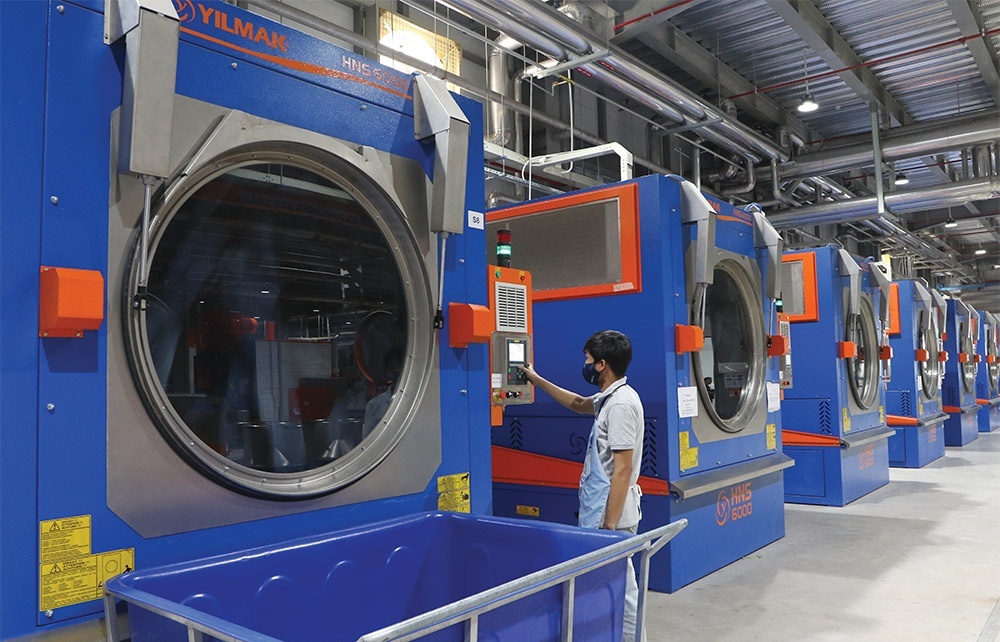
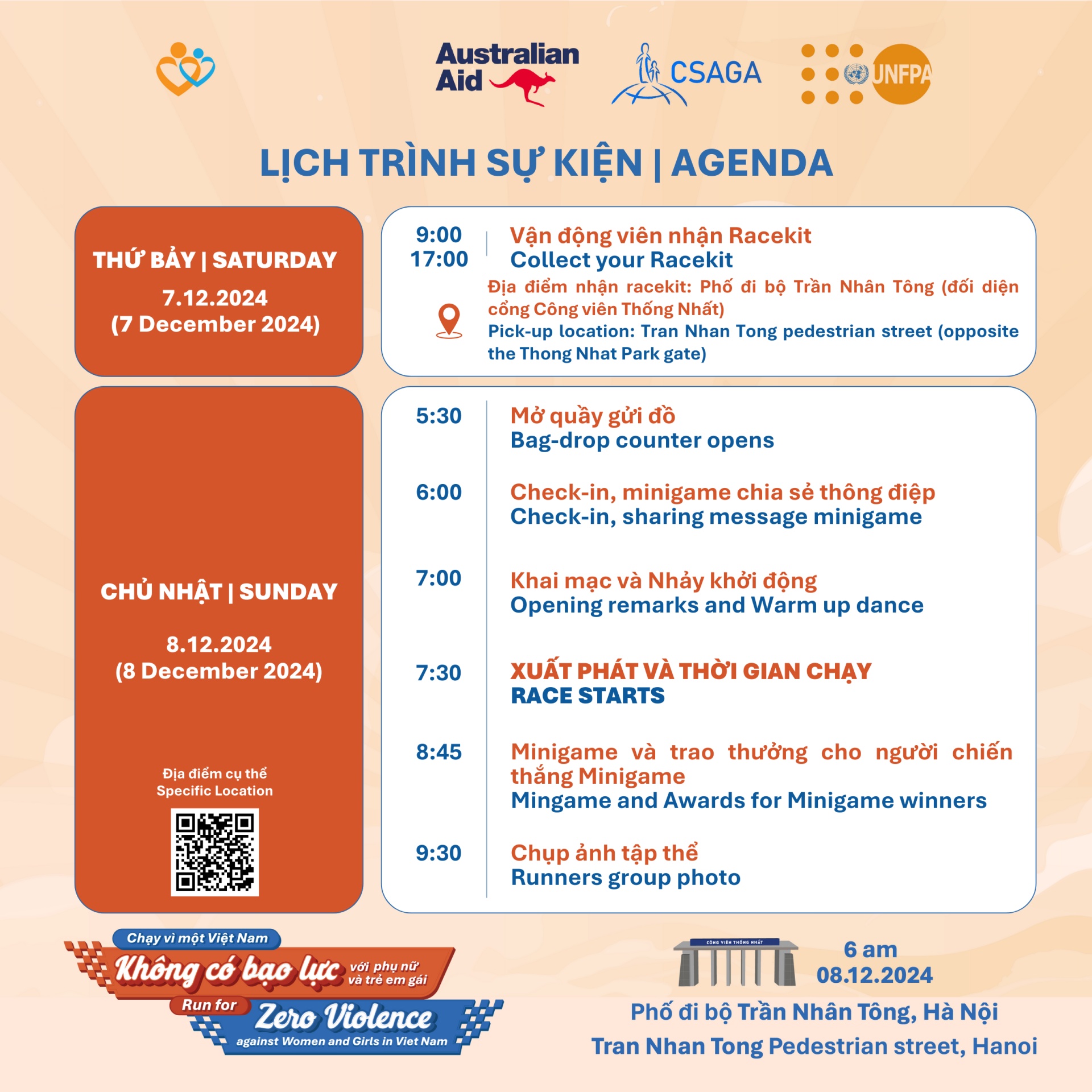
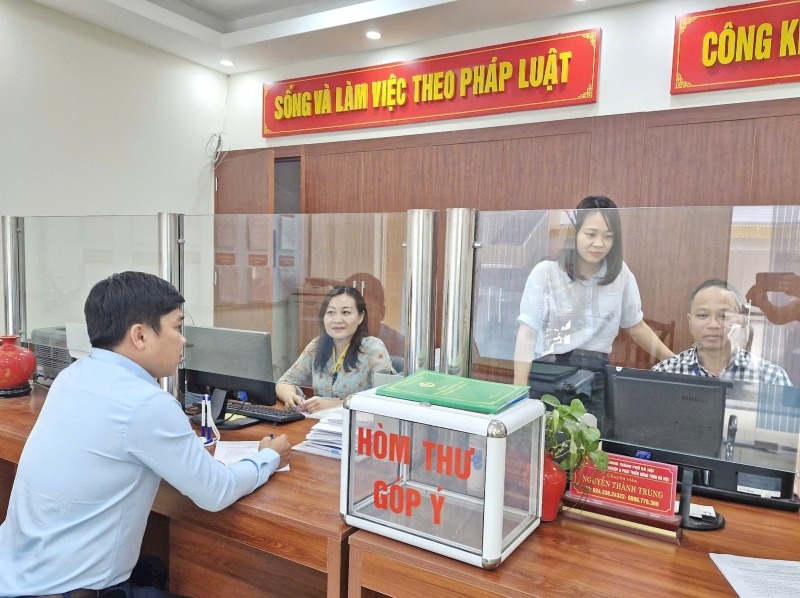










 Mobile Version
Mobile Version